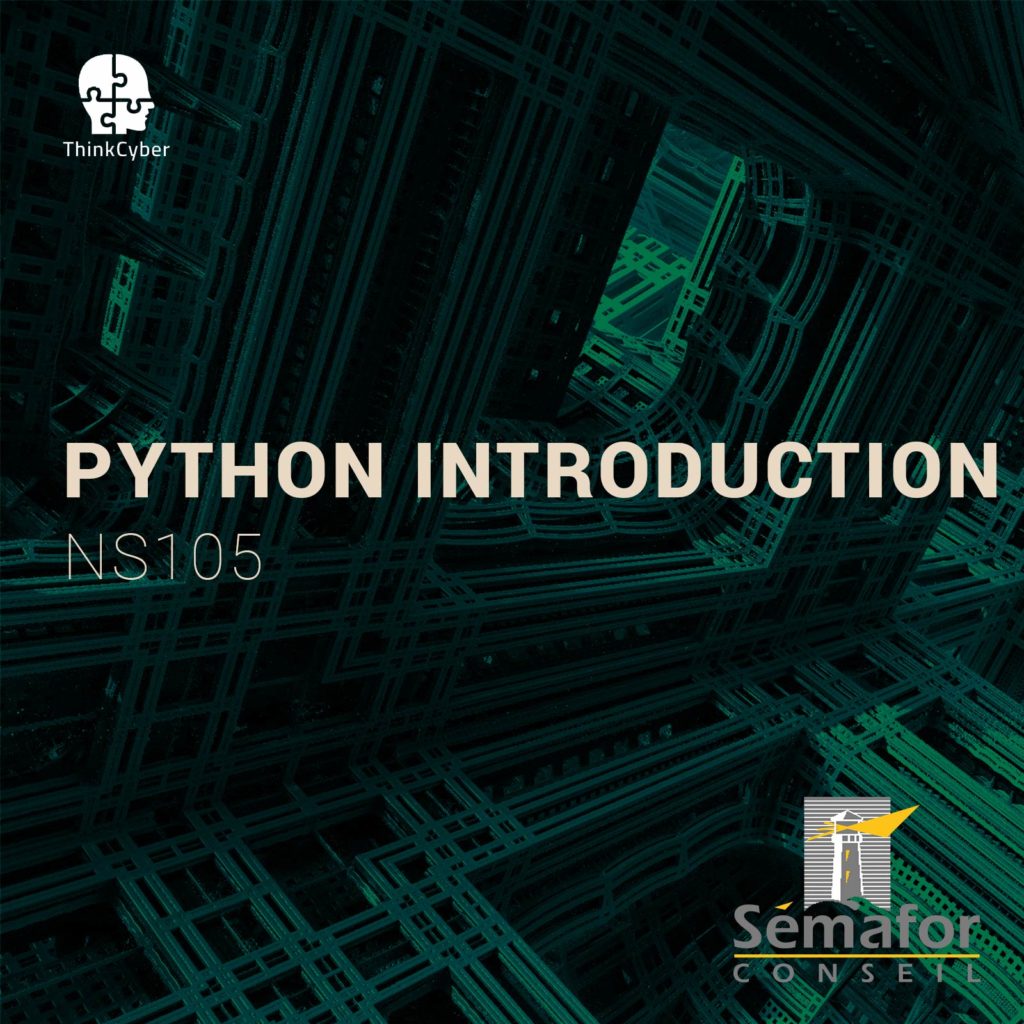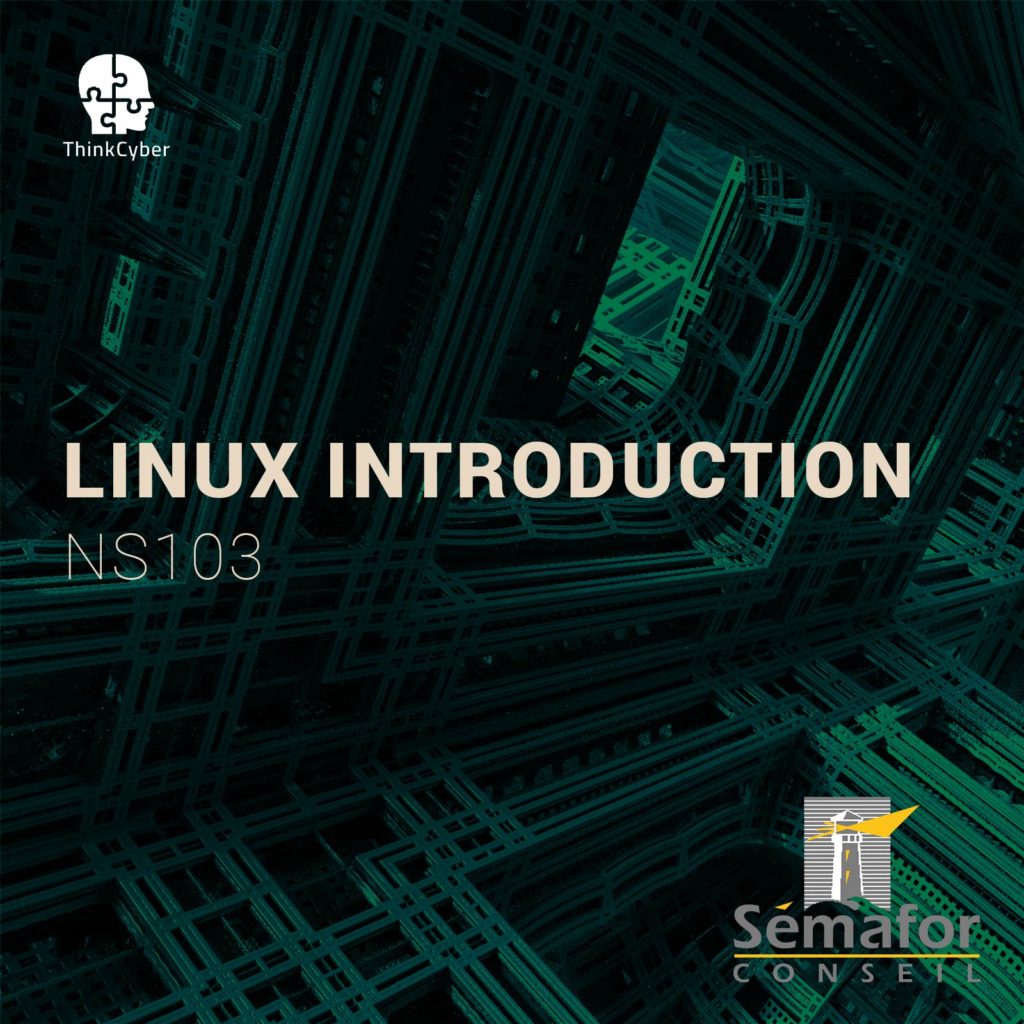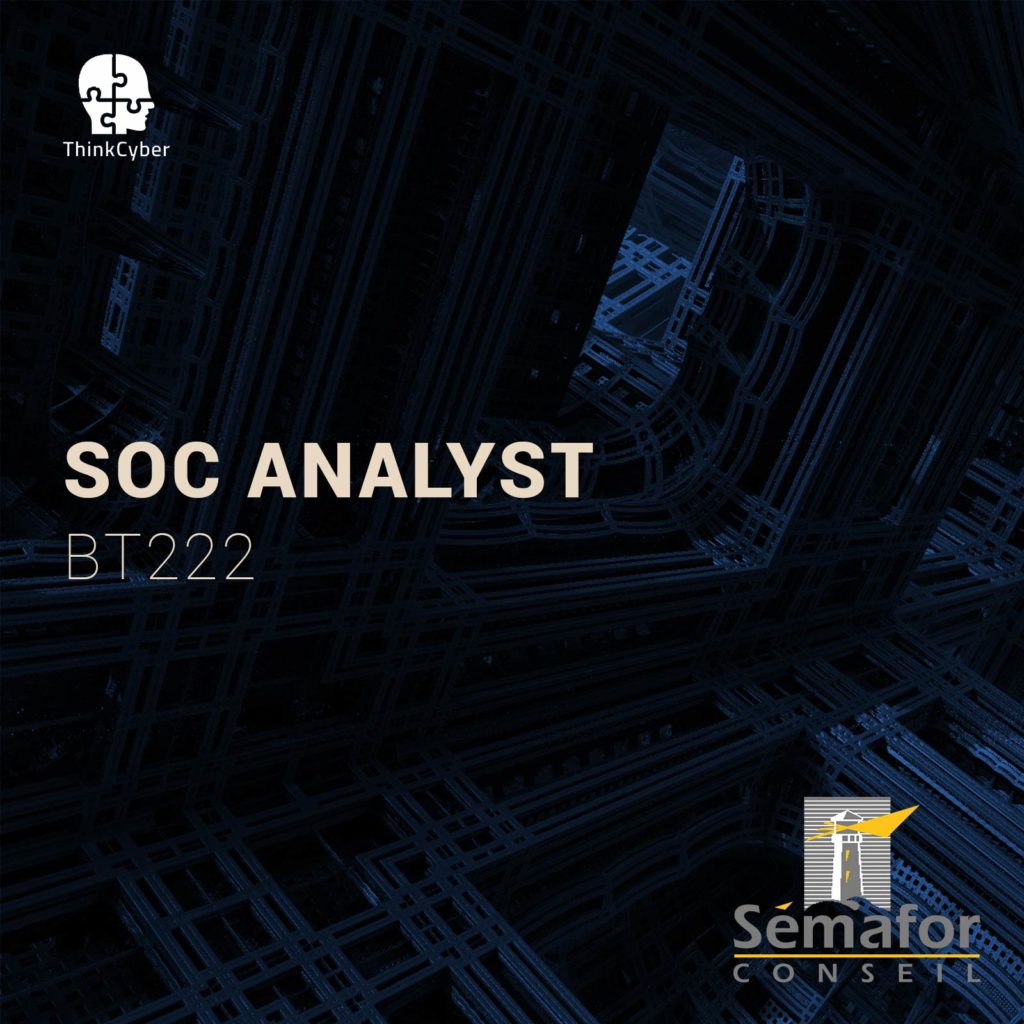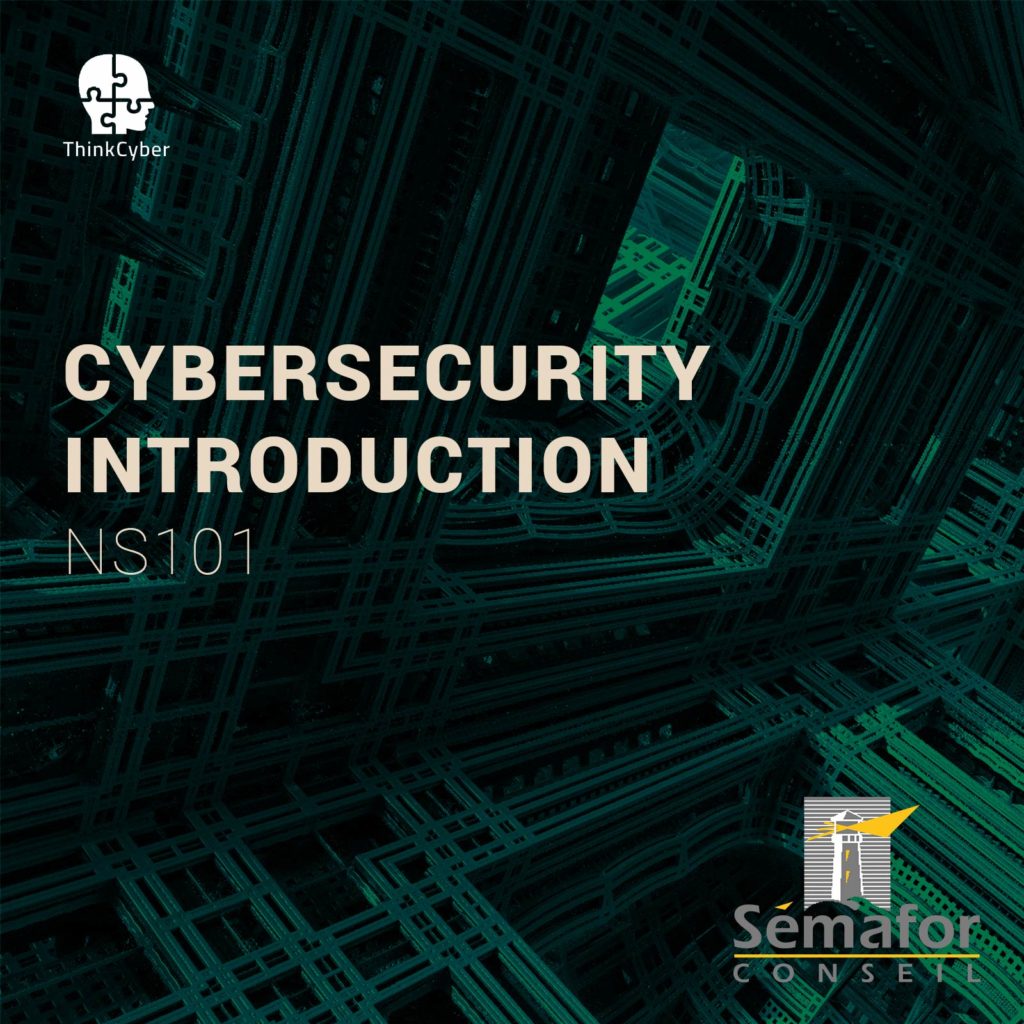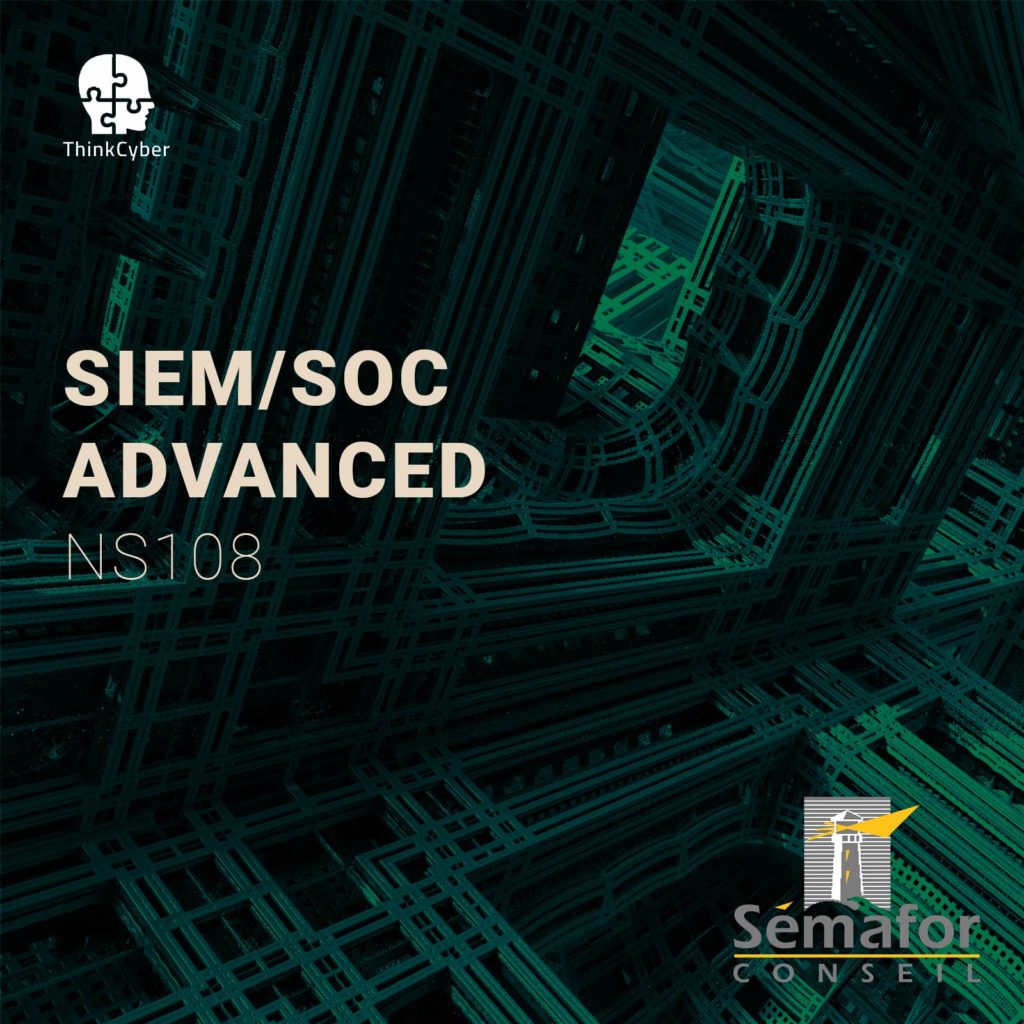Cybersecurity Advanced Notions
NS102
Table of Contents
Description
This course explores the various tools and techniques commonly used by Linux system administrators and end-users to achieve their day-to-day work in a Linux environment using automation techniques.
Linux Operations course is designed for experienced computer users who have limited or no previous exposure to Linux, whether they are working in an individual or Enterprise environment.
How to make the most of this course?
In order to succeed in the course, the following requirements must be met:
- Participation in all practical laboratories
- Self-work at home between lessons
- Repetition of materials, self-learning, performing tasks, etc…
In addition to regular classroom studies, the participant is required to practice at least 10 hours a week in order to gain practical experience in the field.
A personal computer suitable for running virtual machines, with an Internet connection
Transition of the scenarios in the Cyberium Arena.
Target audience
The course targets participants with basic knowledge in IT or networking environment:
- IT security personnel
- Incident responders
- Security analysts
Objectives
- Using Linux command-line operations
- Understand system configurations and graphical interface of Linux
- Using automation in Linux
Pre-requisites
To be best prepared to succeed in this program, participants should have basic familiarity or experience with:
- Principles of network connectivity.
- Principles of IT systems
- Principles of Information Systems
- Basic operating system fundamentals including Windows or Linux.
As well as knowledge of the syllabus covered in course Cybersecurity Introduction (NS101)
Syllabus
Description
During this module, we will explore the advanced features of the Linux Command-Line. Participants will learn to control it, as well as advanced text manipulation. The goal of this module is to allow participants to master the command-line fully.
Technical content
- The Terminal – CLI (Command Line Interface)
o Shell Types
o Exploring Distributions
o File Manipulation Commands
o Compressing and Archiving Files
o Managing Links
o Advanced File Search – FHS - Advanced Log Parsing
o Using Cut, Sort, Uniq, Tail, and Head
o Basic and Extended Regular Expressions
o Streams, Redirection, and Pipes
Description
This module will teach the participants to gain full control of the Linux Environment. The participants will learn to administrate their system and manage software and services.
Technical content
- Network Troubleshooting
o Network Configuring
▪ Netplan vs. Interfaces
o Basic Network Troubleshooting
▪ Examining Sockets
▪ Sending Packets Using /DEV/TCP and UDP
▪ Traceroute and Dublin-Traceroute
o Advanced Network Troubleshooting
▪ Advanced Networking Commands
▪ Ncat Command - Environment Control
o Automating Using Cron
o Job Control
o Managing Process and Services
o Logs and Journals
Description
During this module, participants will study how to manage the administrative side of the system, ensure proper configuration and system update management.
Technical content
- Hardware Management
o Storage and Drive Control
o Advanced Dive into the Structure of the Linux Filesystem
o Partitioning Tools in Linux
o Mounting Basics - Advanced Bash Shell Scripting
o Introduction to Programming
o Writing First Bash Scripts
▪ The Exit Status
▪ Getting User Input
▪ Performing Math
▪ Logic Statements
o System Administration Automation
o Shell Variables
▪ Global vs. Local Environment Variables
▪ The Declare Command
Description
In this module, participants will learn about essential package management in the Linux environment. In addition, participants will learn to run and manage containerized applications inside the Docker environment.
Technical content
- Package Management
o Installing Deb Packages
o Using APTUnderstanding Repository Format
System Updates
Distribution Upgrade
- The Docker Application
o Introduction and Installing Docker
o Introduction to Docker-ImagesDocker-Hub
Pulling Images
Running Images
Setting Arguments
o Building the DockerfileUnderstanding the Dockerfile
Building a Webserver using the Dockerfile
Labs
The following labs are part of the actual Cybersecurity Advanced Notions course:
- Lab 1 Basic Text Manipulation
- Lab 2 Linux Services
- Lab 3 Log Filters
- Lab 4 Linux Bash Scripts
- Lab 5 System Administration
- Lab 6 Using Dockers
- Lab 7 Netcat
- Lab 8 Local Linux Security
Real Cases Studies
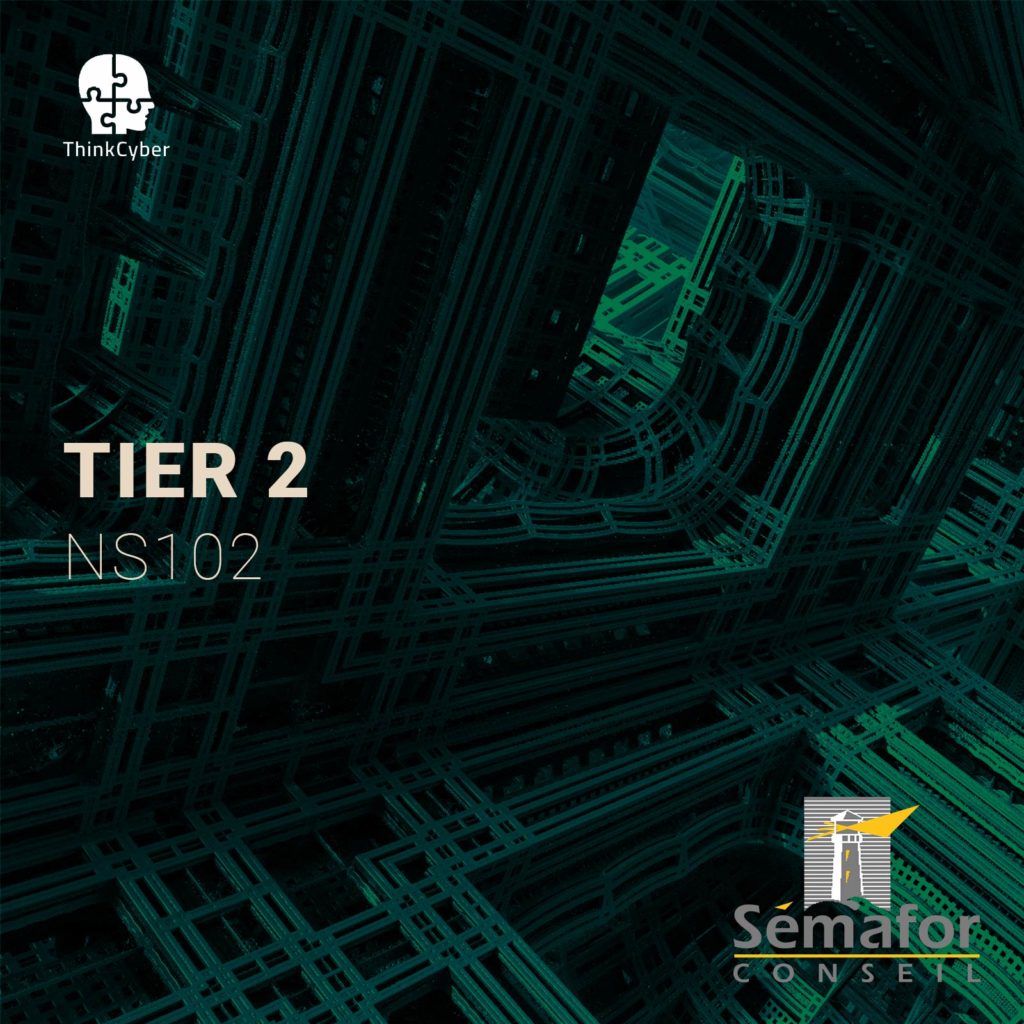
Course type
This course is delivered in the following ways:
- Virtual classroom with proctored labs and scenarios executed in our Cyberium Arena
- In situe classroom with proctored labs and scenarios executed in our Cyberium Arena
All sessions are recorded and attendees can replay them during 30 days. All course material is electronically made available to the participant.
Course Group: FOUNDATION
Hands-on / Theory MiX
The following course incorporates a high level of hands-on labs exercises, as well as real life case studies.
Certification
This course prepares the participant to the following certification:
- LPIC-1 (LPI)
Required EqUIPMENT
Network connection
As this course extensively uses a cloud based Learning Management System, including a lab arena, attendees need a stable broadband connection to the Internet.
BYOD – Bring Your Own Device
As it is a very practical course, and in order for the sparticipants to make the most of the course, they need a laptop with the following capabilities:
- Audio and Video
- 8 GB RAM
- 200 GB Disk Space
- Virtualization capabilities ( supporting latest version of Virtualbox or similar virtual machine application)
And also a Good Headset with Mic

